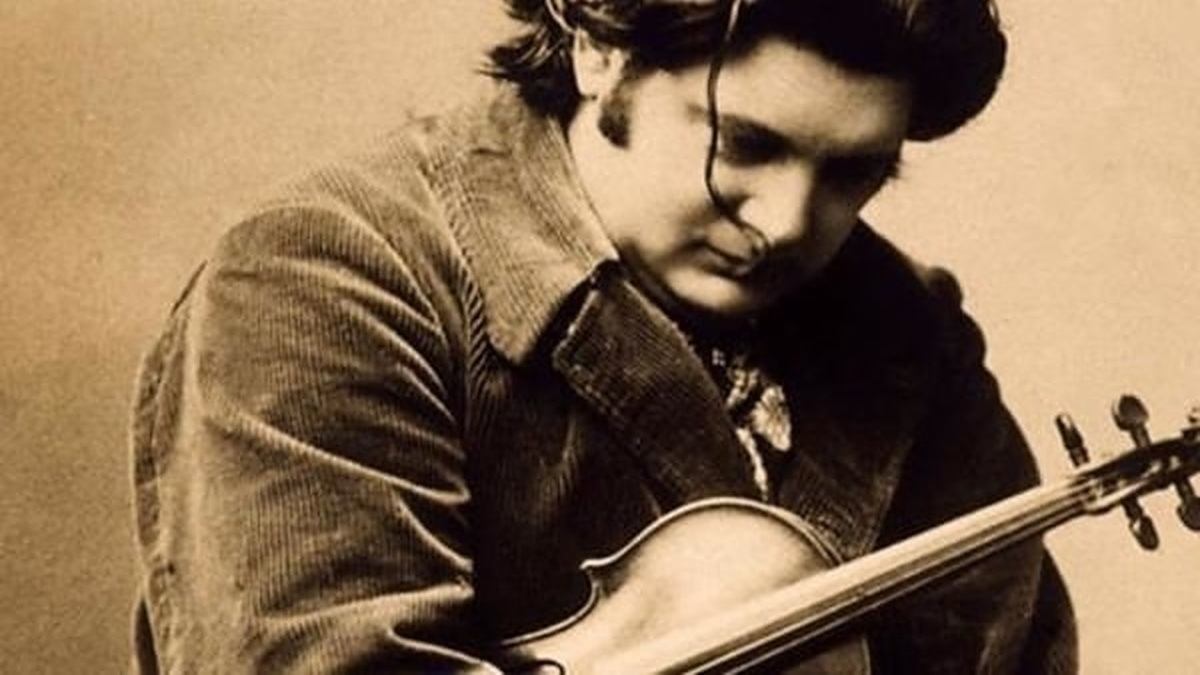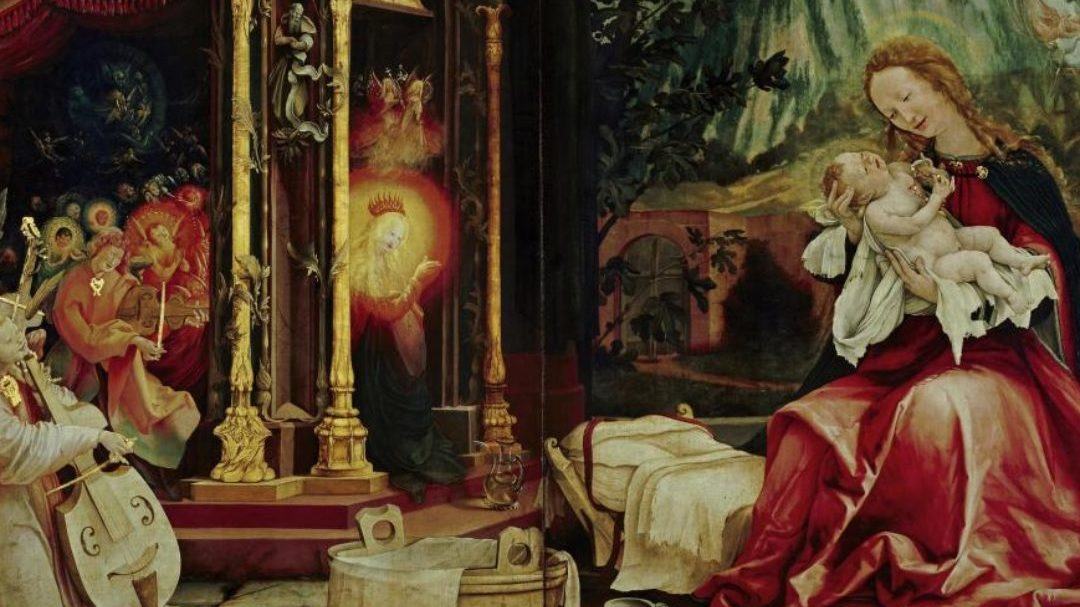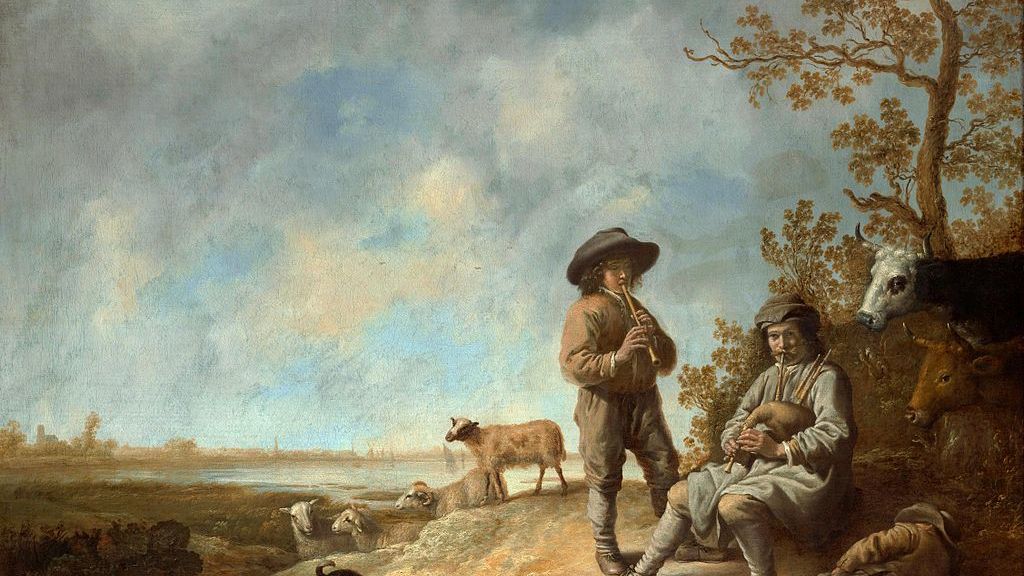Ingram Marshall’s “Fog Tropes”: A Haunting Soundscape
The American composer, Ingram Marshall, passed away on May 31 due to complications from Parkinson’s disease. He was 80. Blending elements of minimalism and electronic music, Marshall revealed magical new soundscapes. Disparate influences emerge throughout his music which include the Javanese gamelan, Balinese bamboo flute, and references to the works of J.S. Bach, Beethoven, Sibelius, and Stravinsky, among others. As a composer, Marshall was in search of what he called “the dark and the beautiful …







